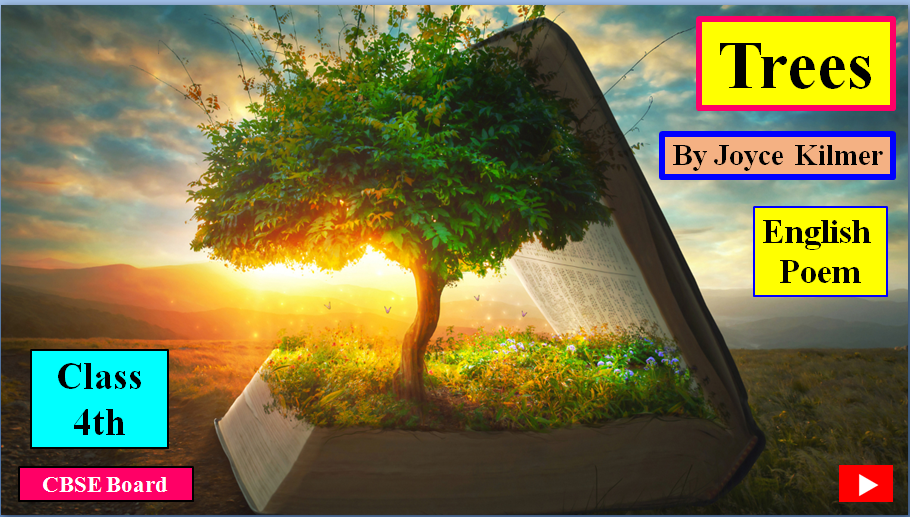
Trees Poem By Joyce Kilmer Questions & Answers
Trees
By Joyce Kilmer
|
I think that I shall never see A poem lovely as a tree. A tree whose hungry mouth is prest Against the earth’s sweet flowing breast; A tree that looks at God all day, And lifts her leafy arms to pray; A tree that may in Summer wear A nest of robins in her hair; Upon whose bosom snow has lain; Who intimately lives with rain. Poems are made by fools like me, But only God can make a tree. |
Detail Explanation
Stanza 1
|
I think that I shall never see A poem lovely as a tree. |
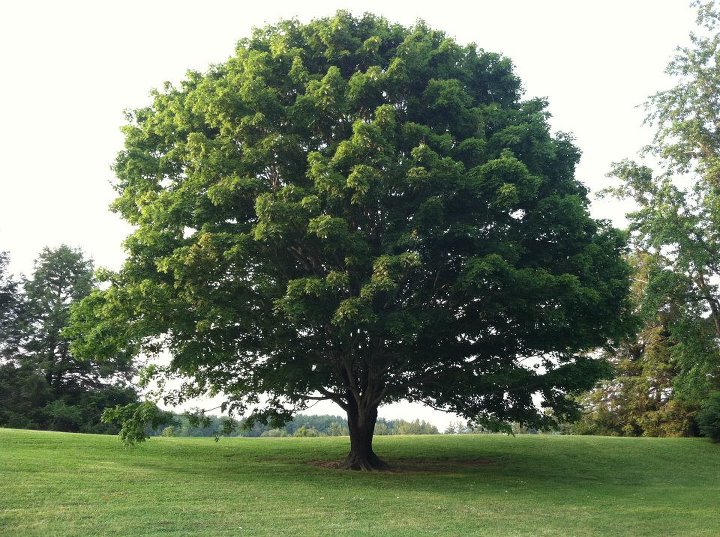

In the first stanza, the poet, after seeing the beauty of the tree, says that he will not be able to see (read) a poem which is as lovely as the tree. The line seems to be confusing because, he is comparing his poem with the tree.
Stanza 2
|
A tree whose hungry mouth is prest Against the earth’s sweet flowing breast; |
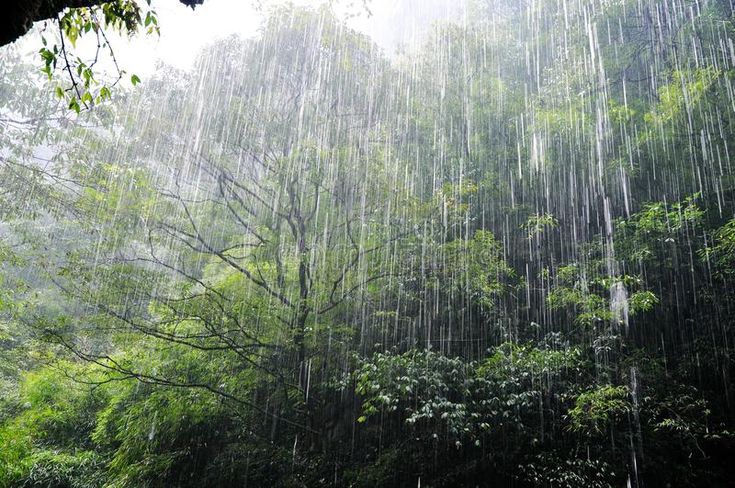

In the second couplet, the poet has personified the Earth. According to him, like a mother feed milk to her children, mother earth feeds its sweet water which flows on its breast (surface) to the tree when its hungry mouth i.e. roots is prest i.e. searches for food.
Stanza 3
|
A tree that looks at God all day, And lifts her leafy arms to pray; |


In this couplet, the poet says that a tree looks at God all the day and always lifts her leafy arms to pray. Here the tree is given female characteristics (as she is referred to as “she”).
The tree grows upwards and the poet imagines as if it is praying to God. Leafy arms refer to its branches and leaf. The poet considers the tree to be religious like humans.
Stanza 4
|
A tree that may in Summer wear A nest of robins in her hair; |


According to the poet, the tree wears (i.e. gives space) the nest of robins (birds) in her hair (i.e. branches) during the summers.
In other words, the trees give shelter to birds and save them from extreme heat and cold.
Stanza 5
|
Upon whose bosom snow has lain; Who intimately lives with rain. |
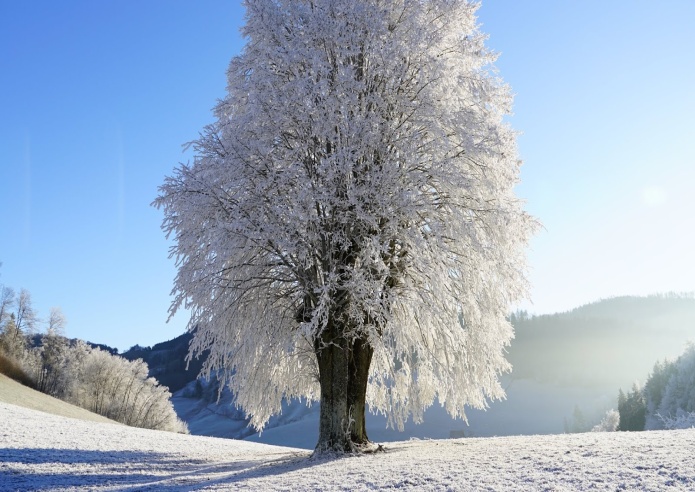
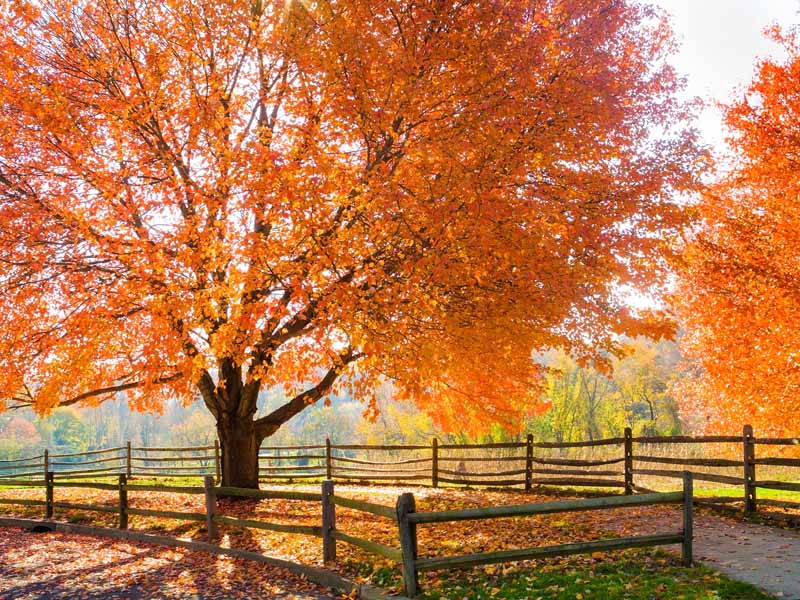
In this couplet, the poet again refers the tree as female. According to him, the snow lain (falls) on the bosom (breast) i.e. leaves of the tree. Moreover, it also lives intimately i.e. happily with the rain as the latter helps it to grow.
In other words, like humans, the trees also face ups and downs in their lives. They also bear the hardships (snow) and enjoy the good times (rainy season).
Stanza 6
|
Poems are made by fools like me, But only God can make a tree. |
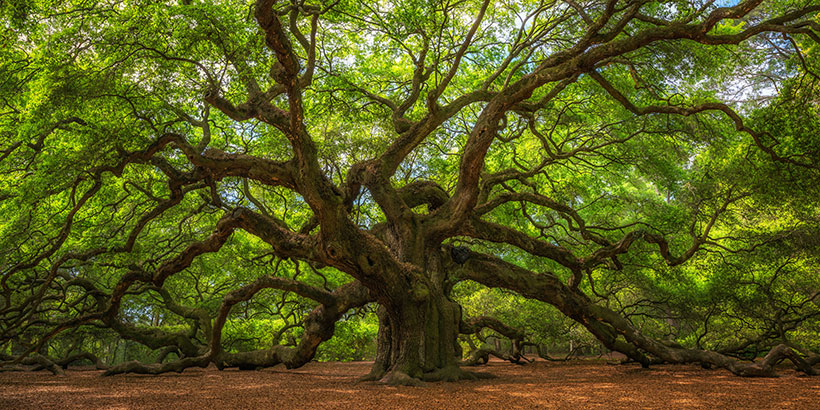
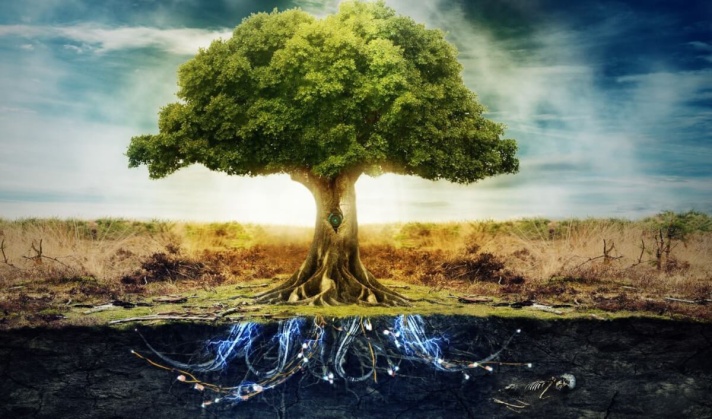
In the final couplet, the poet calls himself fool and says that poems are composed by humans (like him) while a charming thing like the tree can only be created by God.
Here, the poet is again comparing the creativity of humans with the creativity of God. He concludes that humans creativity can never be as perfect as that of God. Humans can never make something like the tree.
Difficult Words and their Meanings |
Lovely: Beautiful
Breast: Chest
Leafy: Full of leaves
Robins: Small brown European birds
Bosom: Breast, Chest
Lain: To be in or move into a horizontal position on a surface
intimately: Closely
Leafy Arms: Branches
Summary of the poem |
|
In this poem, the poet comes up with a lovely idea of personifying a person’s actions to an inanimate object, tree. A tree gets its water from nourishment and survival from the earth’s sweet flowing breast. Here hungry mouth of a tree represents the roots clinging on to the ground while earth’s sweet flowing breast means the water that nourishes the life of a tree. This is how a tree is compared (personified) with a mother and her child. A tree growing upwards seems to reach God to pray for His blessings, just as people from all around the world through belonging to different races, cultures, beliefs praise, and worship and thank their God for His bountiful blessings. Trees also provide shade and shelter to birds and other creatures. In the end, the poet concludes by saying that no matter what man does, no poem or work of art will be lovelier than what God has already created on the earth. |
Trees Poem By Joyce Kilmer Questions & Answers
1. What is the theme of the poem?
Ans: In the poem ‘Trees’, Kilmer explores themes of God’s creation, wonder, and nature.
2. Who is the speaker of the poem?
How do you think the speaker feels about trees?
Ans:
The poet is the speaker of the poem.
The poet compares his poem to a tree.
The poet is comparing his creativity (composing poems) with the creativity of God (creation of trees). He thinks that his creativity is inferior to the creativity of God.
3. What part of the tree could the hungry mouth be?
Ans: The breast which is the surface of the tree.
4. Explain how the tree lifts her arms to pray.
Ans: The tree grows upwards and the poet imagines as if it is praying to God. Leafy arms refer to its branches and leaf. The poet considers the tree to be religious like humans.
5. Explain how the tree might have a nest of robins in her hair.
Ans: In other words, the trees give shelter to birds and save them from extreme heat and cold.
6. What is the tone of the poem? (happy, gloomy, etc.)
Ans: The tone is light hearted.
A. Write True (T) or False (F):
a. The poet shall never see a poem as lovely as a tree.
(True)
b. Poems are not made by fools like the poet.
(False)
c. Only God can make a tree.
(True)
d. The tree does like rain.
(False)
e. The tree looks at God all day.
(True)
B. Pick out the rhyming words from the poem:
Ans.
1. See-tree
2. day-pray
3. wear-hair
4. lain-rain
5. me-tree

